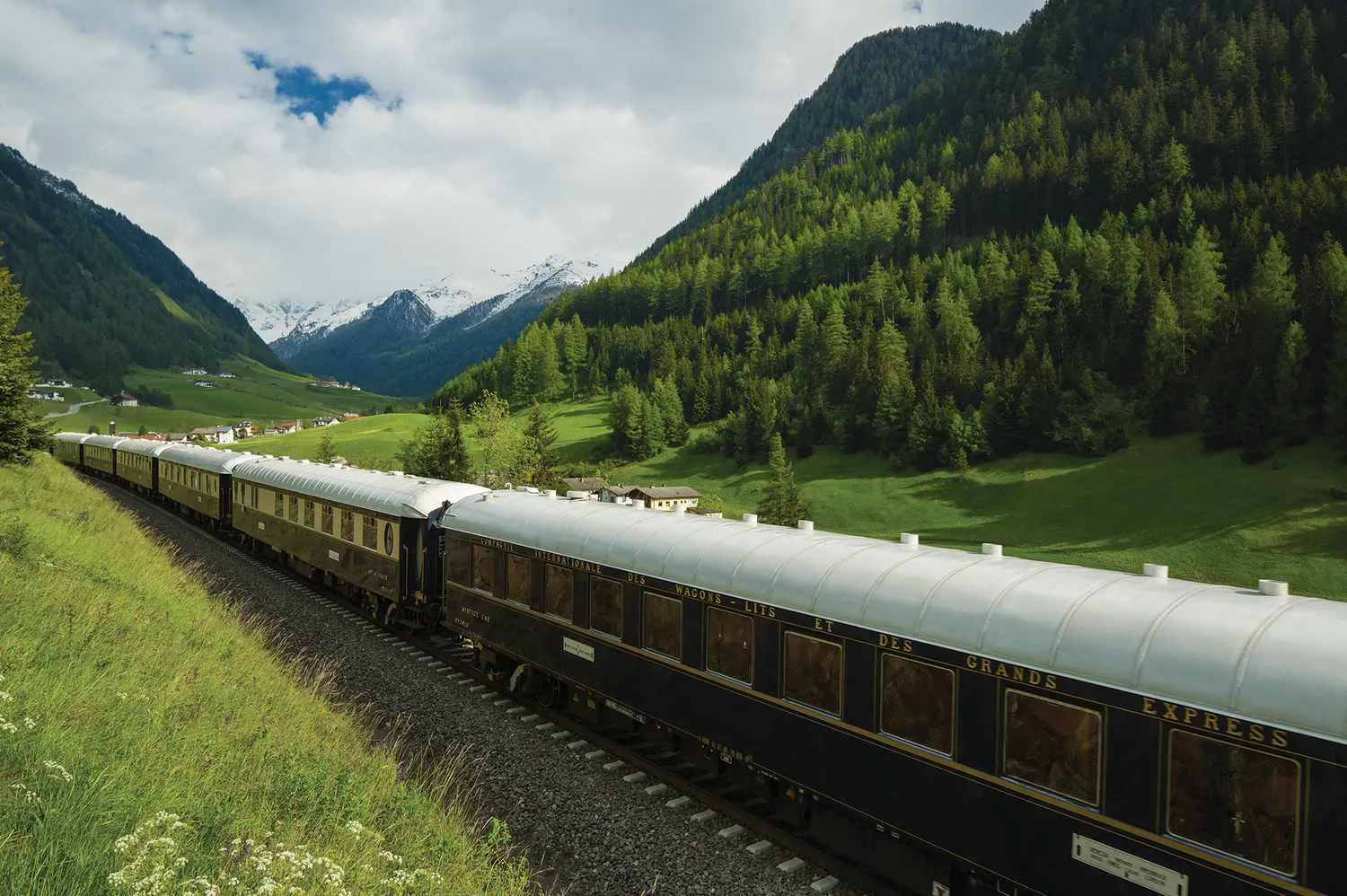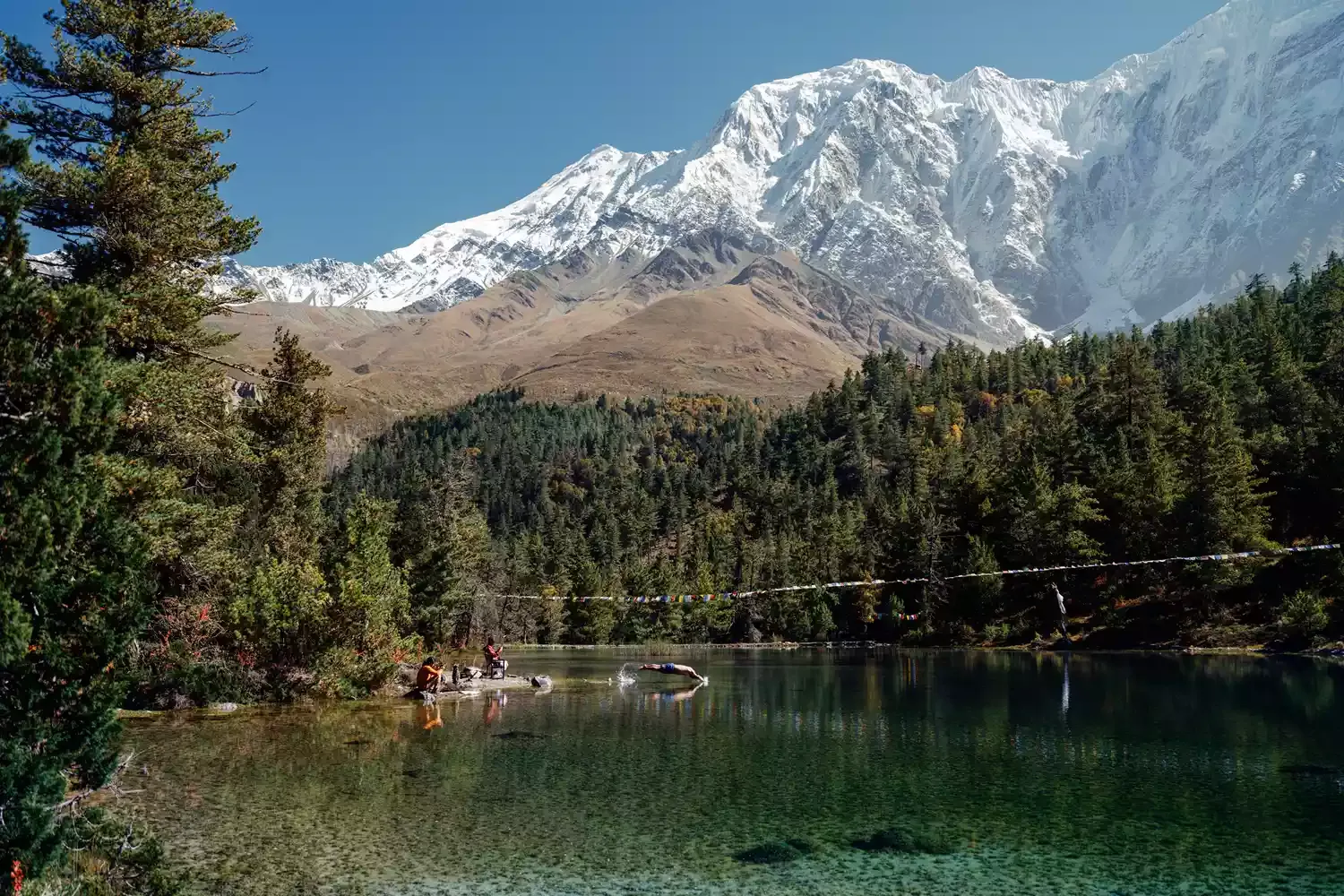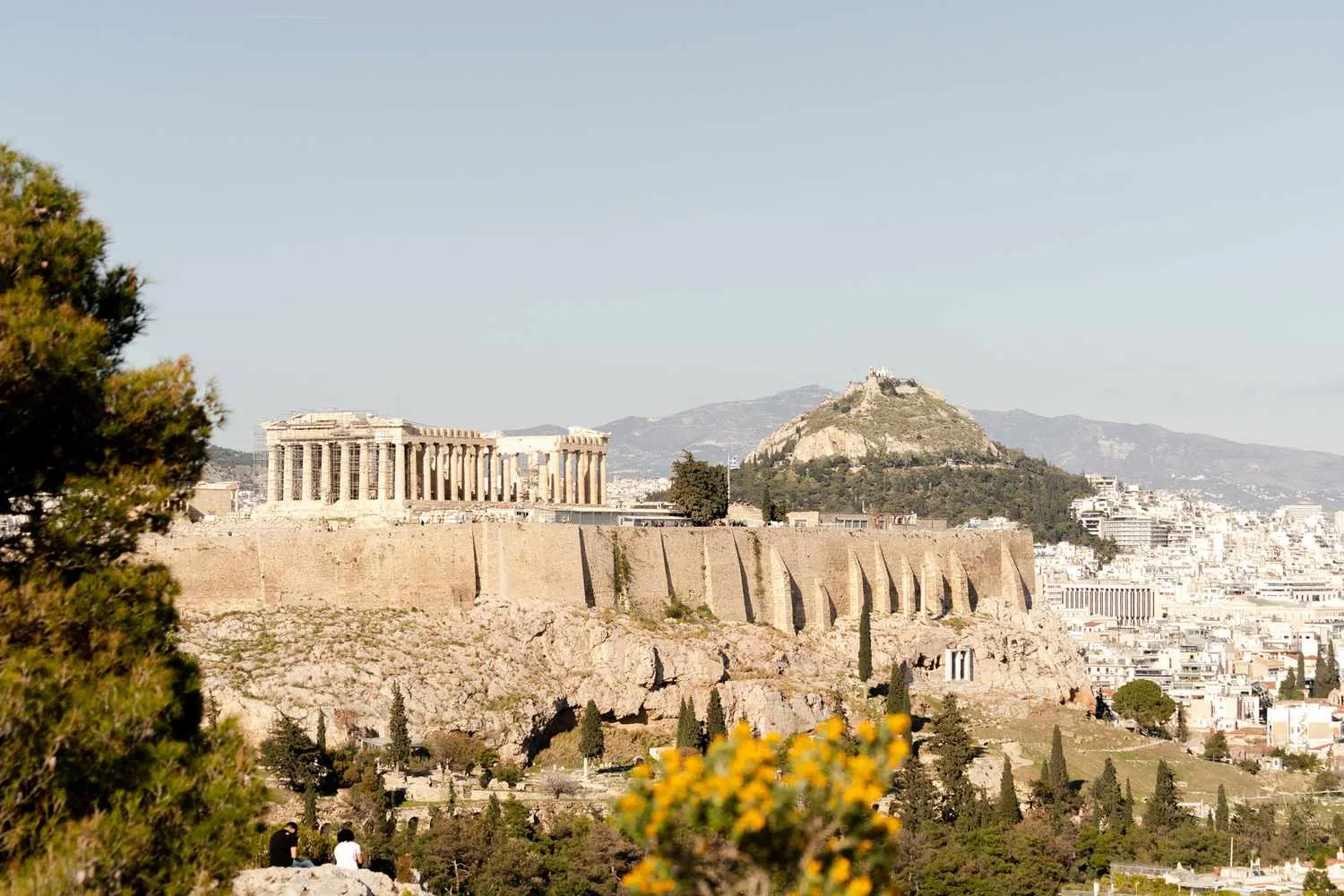
Journey into the frigid depths of space, where absolute zero reigns supreme. Discover how cosmic microwave background radiation keeps the universe slightly above absolute zero. Learn about the challenges of temperature management for spacecraft design and equipment performance, essential for scientific observations and exploration missions. Comprehend the extreme cold faced by astronauts, influencing spacesuit technology and thermal protection systems.
Defining Cold in the Vacuum of Space
On Earth, we typically measure temperature based on the kinetic energy of molecules – how fast they're vibrating. The faster the vibrations, the higher the temperature. In space, however, there are vastly fewer molecules to measure. Space is largely a vacuum, meaning it's incredibly empty. This presents a challenge in defining temperature in the traditional sense.
Instead, in space, temperature is often determined by measuring cosmic microwave background radiation (CMB), the afterglow of the Big Bang. This radiation permeates the universe and provides a baseline temperature. We also consider the influence of celestial objects like stars and planets, which emit heat and can locally raise the temperature.
The Cosmic Microwave Background Radiation: The Baseline Temperature
The CMB is the most significant factor in determining the overall temperature of space. It's incredibly uniform and measures approximately 2.7 Kelvin (K), which is equivalent to -270.45 degrees Celsius or -454.81 degrees Fahrenheit. This is extremely cold, just a few degrees above absolute zero, the theoretical point at which all atomic motion ceases.
Think of it this way: even far away from any star, shielded from all other sources of heat, any object in space would eventually cool down to 2.7K, radiating its heat into the void until it reaches equilibrium with the CMB.
Factors Influencing Temperature in Space
While the CMB provides a baseline, the actual temperature experienced in space varies significantly depending on location. Several factors influence the temperature, including:
Distance from Stars: Proximity to stars, like our Sun, dramatically increases temperature. The closer an object is to a star, the more radiation it absorbs, leading to higher temperatures.
Shadows and Exposure to Sunlight: Objects in direct sunlight can become incredibly hot, while those in shadow can be significantly colder. This is particularly important for spacecraft design, where managing heat is crucial.
Albedo (Reflectivity): The albedo of an object determines how much sunlight it reflects. A highly reflective object will absorb less heat and remain cooler.
Internal Heat Generation: Some objects, like planets with active geological processes, generate internal heat that can contribute to their overall temperature.
Temperature Variations in Different Regions of Space
To illustrate the temperature variations in space, consider the following table:
Region |
Typical Temperature (Kelvin) |
Description |
|---|
Interstellar Space (far from stars) |
2.7 K |
The temperature dominated by the cosmic microwave background radiation. This is the baseline temperature of the universe far away from any significant heat source. |
Earth's Orbit (Sunlit Side) |
Approximately 393 K (120°C or 248°F) |
This represents the temperature a dark object would reach in direct sunlight at Earth's distance from the Sun. This is why spacecraft need thermal shielding. |
Earth's Orbit (Shadowed Side) |
Approximately 233 K (-40°C or -40°F) |
A significant temperature drop compared to the sunlit side, demonstrating the importance of direct sunlight. This varies depending on the object's albedo and internal heat. |
Surface of the Moon (Sunlit Side) |
Approximately 390 K (117°C or 243°F) |
Similar to Earth's orbit, but without an atmosphere to distribute heat, the lunar surface experiences extreme temperature swings between sunlit and shadowed regions. |
Surface of the Moon (Shadowed Side) |
Approximately 100 K (-173°C or -279°F) |
Extremely cold due to the lack of atmosphere and sunlight. These permanently shadowed craters can be some of the coldest places in the solar system. |
The Challenges of Space Exploration
The extreme temperatures and temperature variations in space pose significant challenges for space exploration. Spacecraft must be designed to withstand both intense heat and extreme cold. Thermal control systems are crucial for regulating the temperature of sensitive equipment and ensuring the survival of astronauts.
These systems often involve a combination of insulation, radiators, heaters, and reflective surfaces. Careful consideration must be given to the materials used in spacecraft construction to minimize heat absorption and maintain a stable internal temperature.
Conclusion: A Symphony of Cold and Heat
While cold space is often associated with the frigid 2.7K background radiation, the reality is far more complex. Temperatures vary dramatically depending on location and exposure to heat sources. Understanding these temperature variations is critical for designing effective spacecraft and planning future space missions. Space presents a unique environment where both extreme cold and extreme heat coexist, requiring innovative engineering solutions to conquer the challenges of exploration.


















